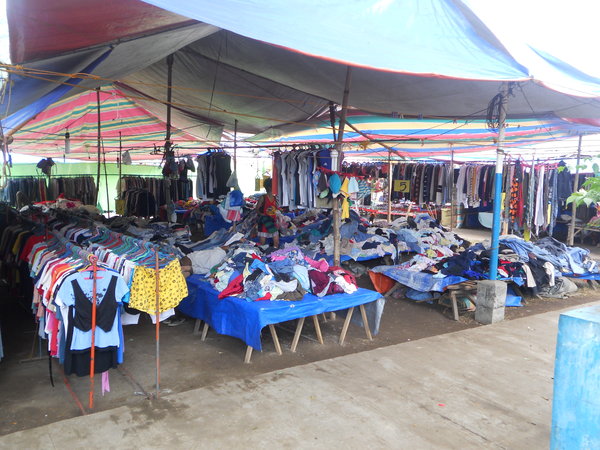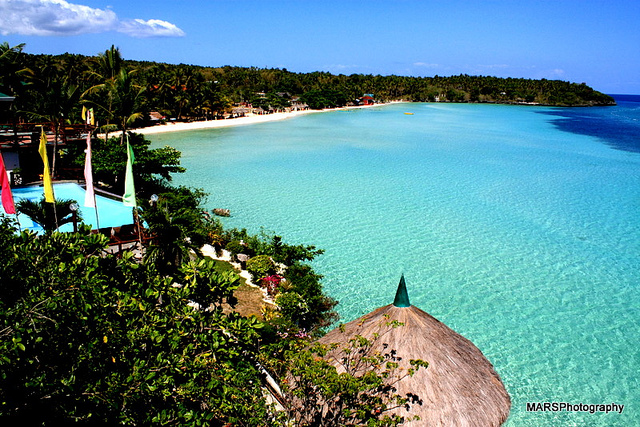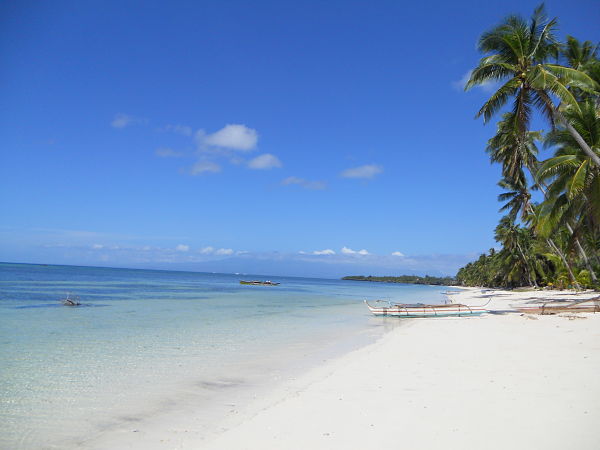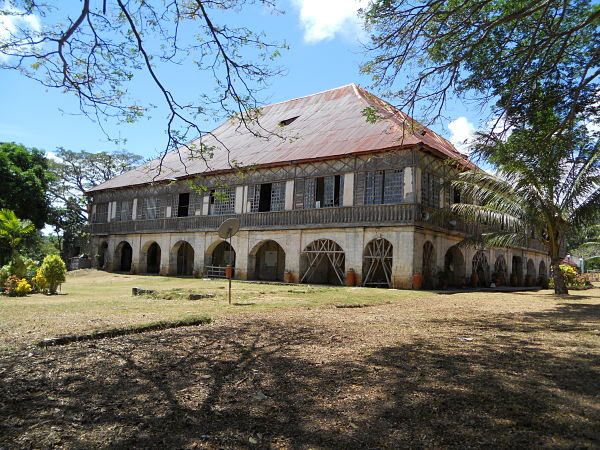Why is it that some of the most beautiful on earth are also among the most dangerous? The perfect-coned Mayon Volcano in the Bicol Region of northern Philippines is one fine example, having recently caught unawares mountaineers on the way to its summit. There was no warning (from PHIVOLCS) that fateful morning of May 7, 2013 when Mayon threw phreatic tantrums (steam-driven explosions) and left five dead and several injured.
Risk is inherently built-in in mountaineering, but more so when the mountain in question is as tempestuous as the captivating Mayon. While every precaution is understandably taken by those who allow entry to danger zones and make the trek themselves, fatalities are a fact of life when in the vicinity of magma vents. So tread carefully when you find yourself headed to these geological attractions – arranged from most active to least – ‘permanently monitored’ by the Philippine Institute of Volcanology and Seismology.
Mount Mayon
Famed the world over by the perfect symmetry of its cone, Mayon Volcano is like a demure “daragang magayon” (beautiful lady) who surprises everyone with her tempestuous temperament when she does not want to entertain a particular suitor. This otherwise achingly magnificent Bicolandia lass has been active for the last 500 years, so it’s no surprise that she lets off steam every now and then. The last time she did a major scene was in 1814 when she buried the town of Cagsawa in pyroclastic eruption.
Taal Volcano
The Philippines’ island within a lake in an island within a lake in an island (Vulcan Point Island within Crater Lake in Volcano Island within Taal Lake in Luzon island) is no other than the succinctly named Taal. Beguiling in its unbelievable geomorphology, Taal Volcano easily deceives the unsuspecting who come by the truckload to take in its scenery. Its earliest recorded eruption was in 1572 during the time of the Spanish conquest and its most recent (phreatic) eruption was in 1977. However, PHIVOLCS is keeping a close eye on Taal because of its increased seismicity (number of tremors) in 2011. Taal has had a history of warning people when it is about to blow its top, so the chances of getting caught in its “crossfire” can be mitigated.
Mount Kanla-on
( (Photo by Lester Lope of Negros Mountaineering Club)
Called “kang laon” (of the ancient) by ancient Negrosanon, Mt. Kanla-on towers over central Philippines. It is an exhilarating sight from a ferry or plane approaching the Negros island. Its earliest eruption on record was in 1886 and its most recent was in 2006 when it spewed steam and ash. Like Mayon, Kanla-on can also be tempestuous at times, like its 1996 phreatic eruption which killed three.
Mount Bulusan
The Bicol region in northern Philippines is without doubt tectonically active. Mt. Bulusan, just 70 kilometers southeast of another smoking crater, Mt. Mayon, first erupted in recorded history in 1885 and most of its tantrum-throwing since then is phreatic. In 2011, it again spewed a plume of ash two kilometers high and temporarily put the otherwise laidback province of Sorsogon into ash-induced chaos.
Mount Hibok-Hibok
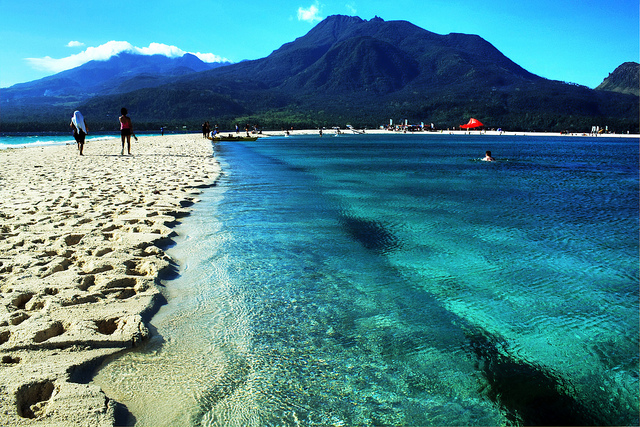
A Bisaya term meaning “heaving”, Hibok-Hibok is the name of an active stratovolcano and dome complex found on the white-sand-fringed island of Camiguin in northern Mindanao. Its 1871 eruption gave birth to a smaller Mt. Vulcan and sank the town cemetery which can only be identified today with a giant white cross in the middle of the blue sea.
